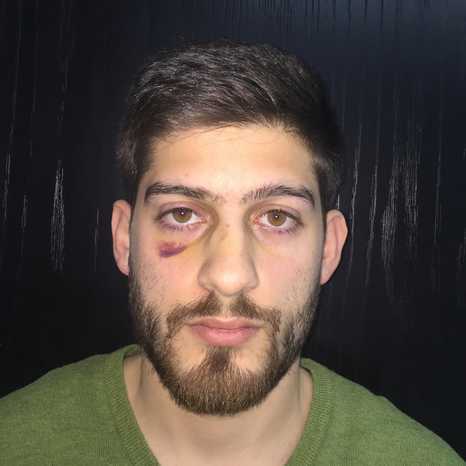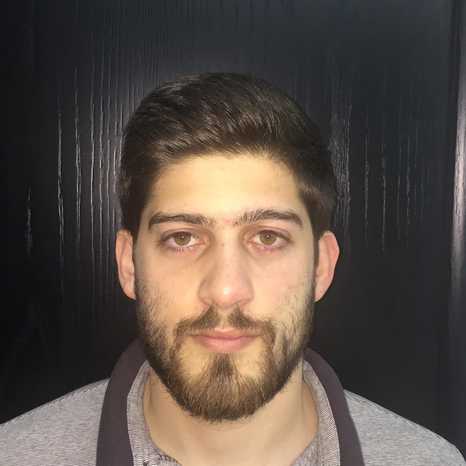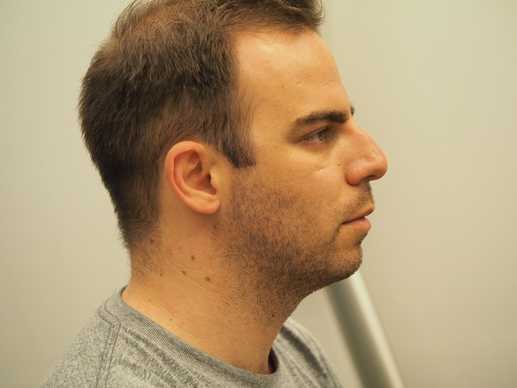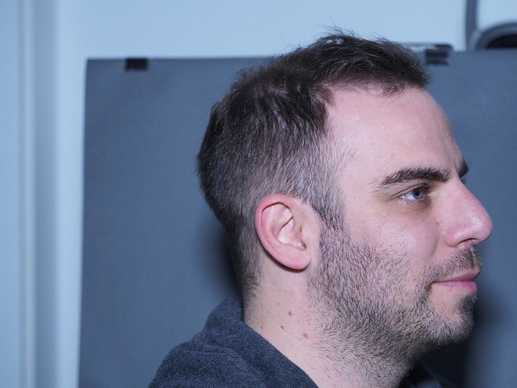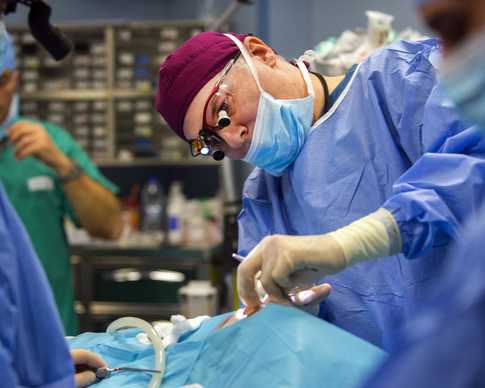An injury to the nose: first aid for a nose bleed
After an injury, it must first be checked whether serious injury has occurred to the head, such as a concussion or neck injury.
If the only obvious injury is to the nose:
· Immediate care should be taken to stop the bleeding by placing cotton wool soaked in hydrogen peroxide inside the nostrils and applying external pressure for about 8 minutes.
· People whose noses are injured doing sport should not lie on their backs, but should remain upright with a very slight forward tilt of the head, in order to prevent blood from flowing backwards and obstructing the airway or preventing swallowing.
· Afterwards, cold compresses or ice wrapped in a cloth should be applied to the nose area in order to reduce swelling around the nose and eyes.
There may not be much swelling within the first hour. Swelling and bruising usually occur within 24 to 72 hours.
When the fracture is small, the patient might not realize how serious the injury is.
· This is because the attention is drawn to the short nosebleed that usually follows an injury, while a small displacement may be obscured by swelling.
· Only once the swelling has gone down, revealing a slight deformity in the nose, will the patient realize that it is fractured.
However, in the case of a severe fracture, the nose may be visibly deformed or displaced immediately after the injury, the nosebleed may be severe, and breathing problems may occur.
I’ve broken my nose! Common symptoms that require medical attention
Signs and symptoms of a broken nose. Injury may result in some or all of the following symptoms:
· Swelling and/or bruising of the nose
· Pain in the nasal bone
· Sensitivity of the nose when touched
· Bruising, especially around the eyes
· Nosebleed
· Change of shape
· Nose breathing difficulty and discomfort
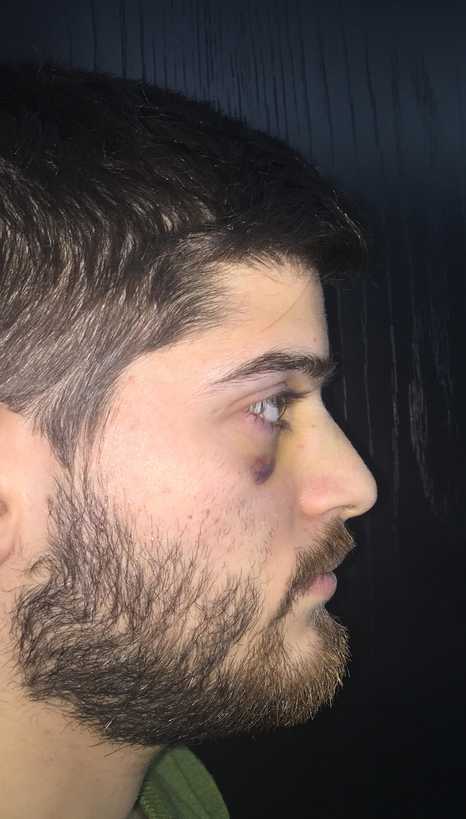
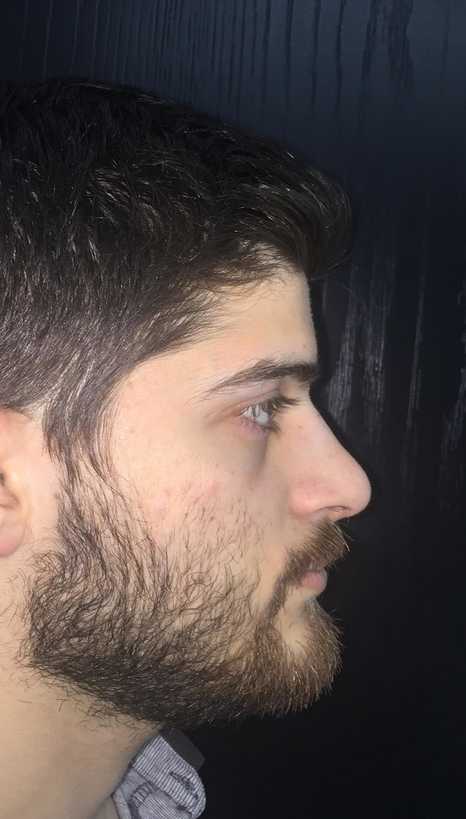
If even one of these features is present after injury, the patient should be examined by an ENT doctor specializing in facial surgery or plastic surgery. Examination by a specialist is important and should not be delayed.
· If there is any delay in a correct diagnosis, then the bones of the nose may begin to set in an incorrect position.
· Examination and initial treatment of the nose usually needs to take place within ten days of the injury. After ten days, the broken bones begin to set and are more difficult to correct.
After a nose injury: examination by an ENT doctor specializing in facial plastic surgery
An external examination of the nose is carried out to determine whether there has been displacement or fragmentation of the nasal bones and cartilage.
The doctor will then examine the inside of the nose to see if there is a fracture or injury of the septum that could cause the airway to become blocked. The doctor will also check to see septal hematoma formation.
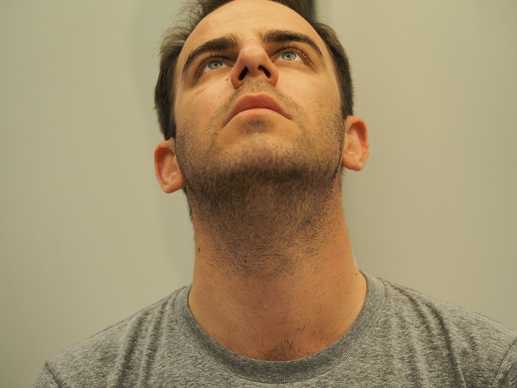
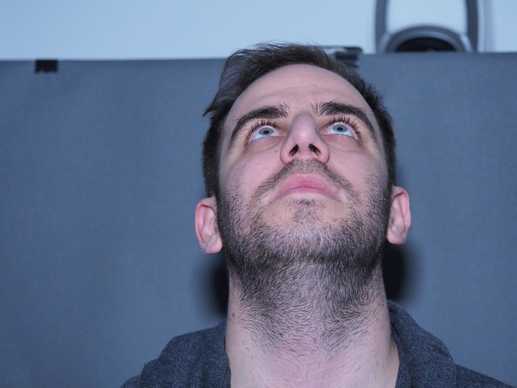
· If the evaluation is not satisfactory, due to edema or the overall condition of the patient, the doctor will recommend another examination once the swelling has gone down so that a more accurate diagnosis can be made.
· This will usually be seven to ten days after the injury.
· In general, it is preferable for treatment to take place within ten days, to have more options and to prevent further respiratory problems.

